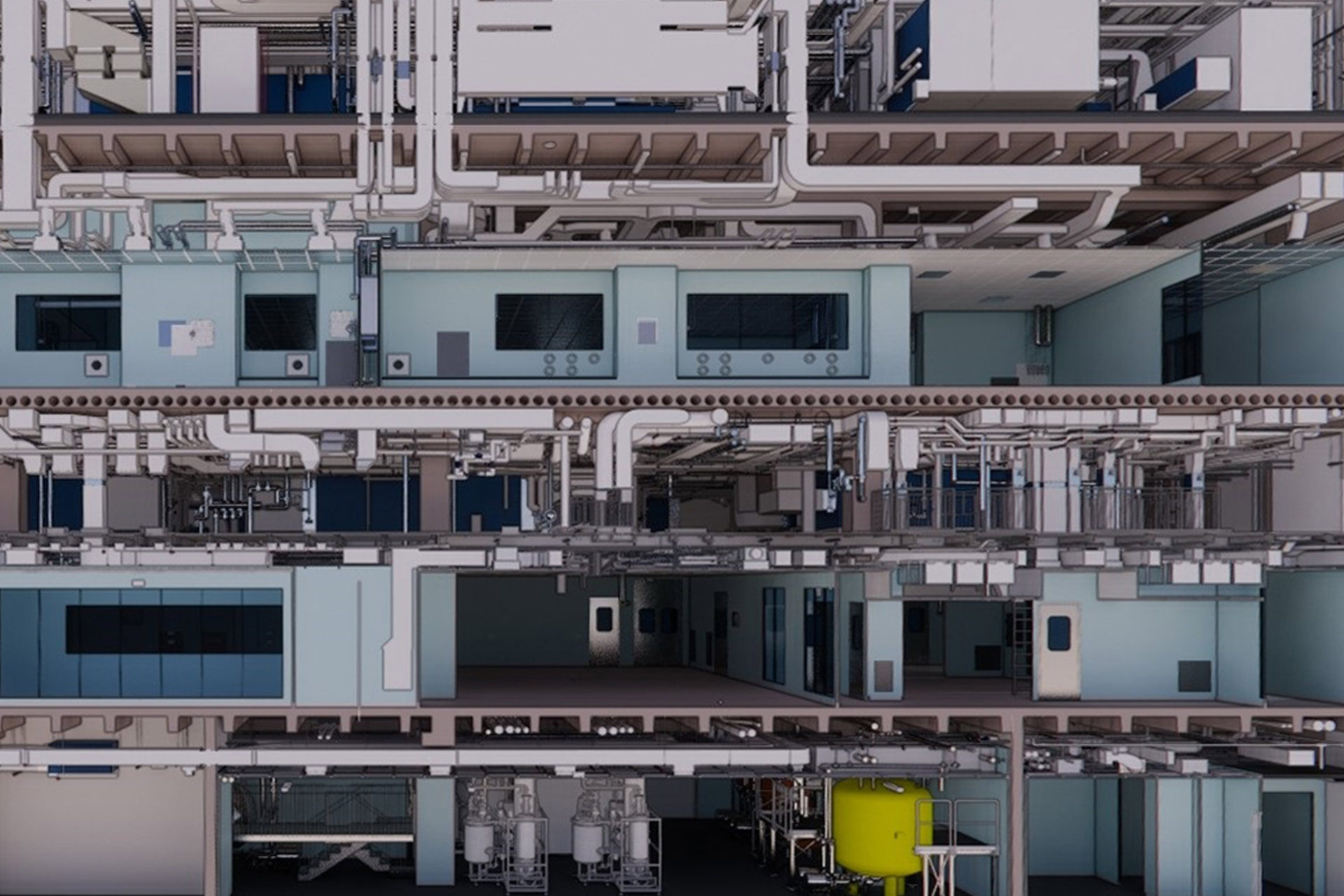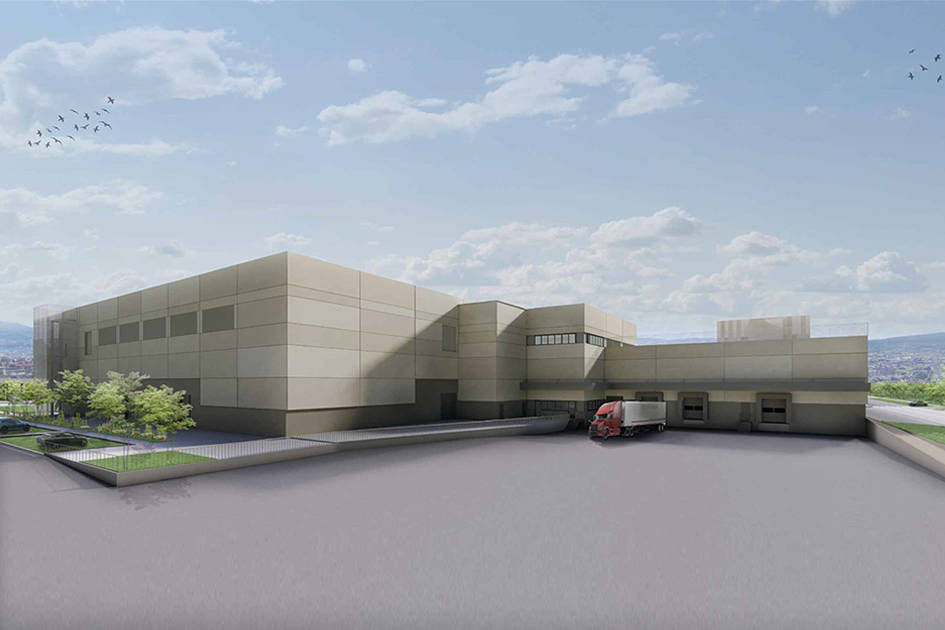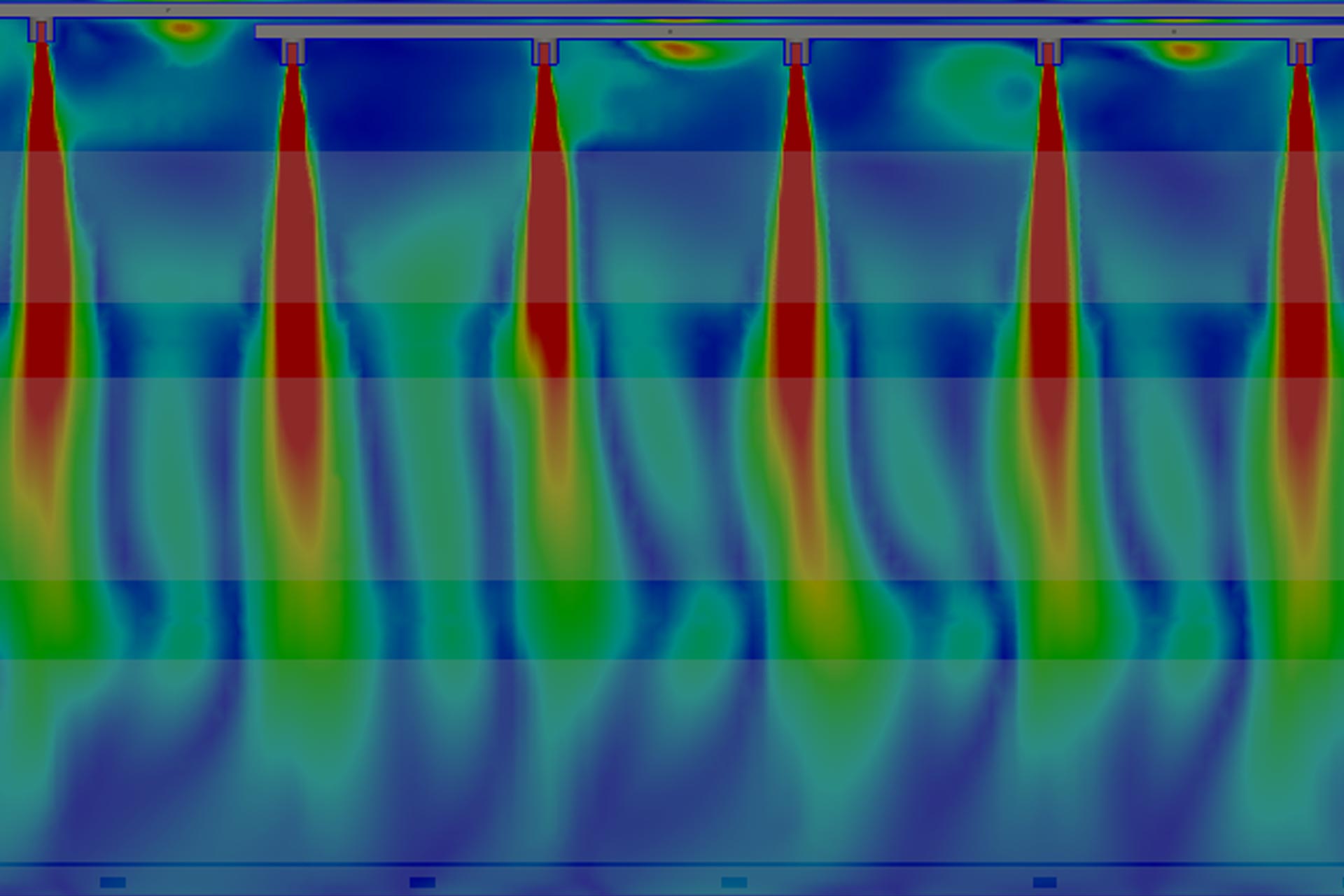The original language release (Italian) is the official and authorized version of the release. This translation is only a means of assistance and should be compared with the original language text, which is the only version of the text that will be legally valid.
In recent years, technology has profoundly transformed many sectors, and the world of architecture and engineering is no exception. One of the most promising innovations is the integration of Artificial Intelligence (AI) into Building Information Modeling (BIM) processes. This combination not only increases efficiency but also opens up new possibilities for more advanced and sustainable design. But how can AI concretely improve the BIM design process?
Automation and Simulations: How AI is Revolutionizing BIM Design
AI brings with it the promise of automating many repetitive tasks, an aspect that often slows down the work of designers. For example, creating three-dimensional models or parametric families: processes that require hours of work can be sped up thanks to AI tools capable of generating 3D models from two-dimensional drawings or laser scanner surveys. This automation allows professionals to devote more time to critical and innovative decisions, thus improving the quality of work.
Today, there are numerous tools that, when used with AI support, help and improve the performance of three-dimensional projects in modeling, coordination, and management. Among the most widely used software in BIM, we find tools like Revit and Navisworks, which are complemented by AI-related tools. Revit, developed by Autodesk, is already known for its advanced parametric design features, but with the integration of AI tools like Spacemaker, it is possible to automate simulations to study the impact of variables such as natural lighting, acoustics, and airflow, and to suggest optimized design configurations, which is very useful for assessing the feasibility of a project. These tools help predict how the project will interact with the surrounding context, supporting the design process and allowing for more targeted and informed responses to real needs. Other tools applicable to these processes include Hypar, Archistar, TestFit, and Zebra.
Model Optimization: Design, Efficiency, and Coordination
In addition to simplifying repetitive tasks, AI stands out for its ability to optimize the design itself. Machine learning algorithms can analyze vast amounts of data from previous projects and suggest effective solutions, ranging from more functional layouts to materials that improve the building’s energy efficiency to coordinating the model with other disciplines. This type of support can be crucial in the various stages of a project, where small improvements can translate into significant benefits in terms of cost and time savings. In this context, tools like BIMcollab with AI-assisted clash detection or Verifi3D offer specific functionalities for model management and control. BIMcollab is primarily a clash management and coordination tool, ideal for team members who need to coordinate and resolve clashes collaboratively. Verifi3D, on the other hand, focuses on overall model verification and compliance, making it particularly useful for those seeking a model verification and quality control tool. Other tools that can support these activities include Solibri AI, Revizto AI Assist, and ClearEdge3D Verity.
Smart Monitoring: From Prevention to Real-Time Management
Another area where AI proves fundamental is predictive analysis. AI-integrated BIM software can identify potential problems before they occur. Imagine a construction site where HVAC, electrical, and plumbing systems must coexist without interference. AI can detect potential conflicts and suggest corrections, thus avoiding costly delays and adjustments during construction. For example, a construction site where drones and cameras constantly monitor work progress, collecting images and videos that AI analyzes in real-time. This allows comparing current progress with the planned schedule and immediately identifying any discrepancies in time and costs, providing Project Managers with the tools to make more informed decisions based on solid forecasts.
Simulations and Smart Planning
AI also makes advanced simulations and “what-if” scenarios possible. Before committing significant resources to a project, teams can test different design options and see how they would perform under real conditions. This ability to predict the impact of decisions allows for more agile and adaptable design, improving risk management and increasing the chances of success.
Towards a New Design Model
Despite the numerous promises, the adoption of AI in BIM design still presents challenges. Data management, the need for continuous updates, and the training of professionals are just some of the issues to be addressed. However, the potential of AI to improve the quality, efficiency, and performance of projects is undeniable. In conclusion, the integration of AI into BIM design represents a revolution that pushes the sector towards a more digital and intelligent future. Those who can embrace this synergy will have the opportunity to create more innovative, efficient, and sustainable projects, paving the way for a new way of conceiving architecture and engineering.
And you, are you ready to embrace this transformation that will simplify the rules of the game and enrich us with new possibilities?
Articoli correlati
July 29, 2025
BIM, VR and AR in Pharmaceutical Design: Efficiency, Control and Integrated Quality
In the pharmaceutical sector, plant design is a highly complex challenge. Even…
July 17, 2025
Designing with Computational Fluid Dynamics (CFD)
For over ten years, Techniconsult has been incorporating Computational Fluid…
February 28, 2024
Advantages of computational fluid dynamics (CFD)
Nowadays, issues related to the study of fluid dynamics are becoming…




